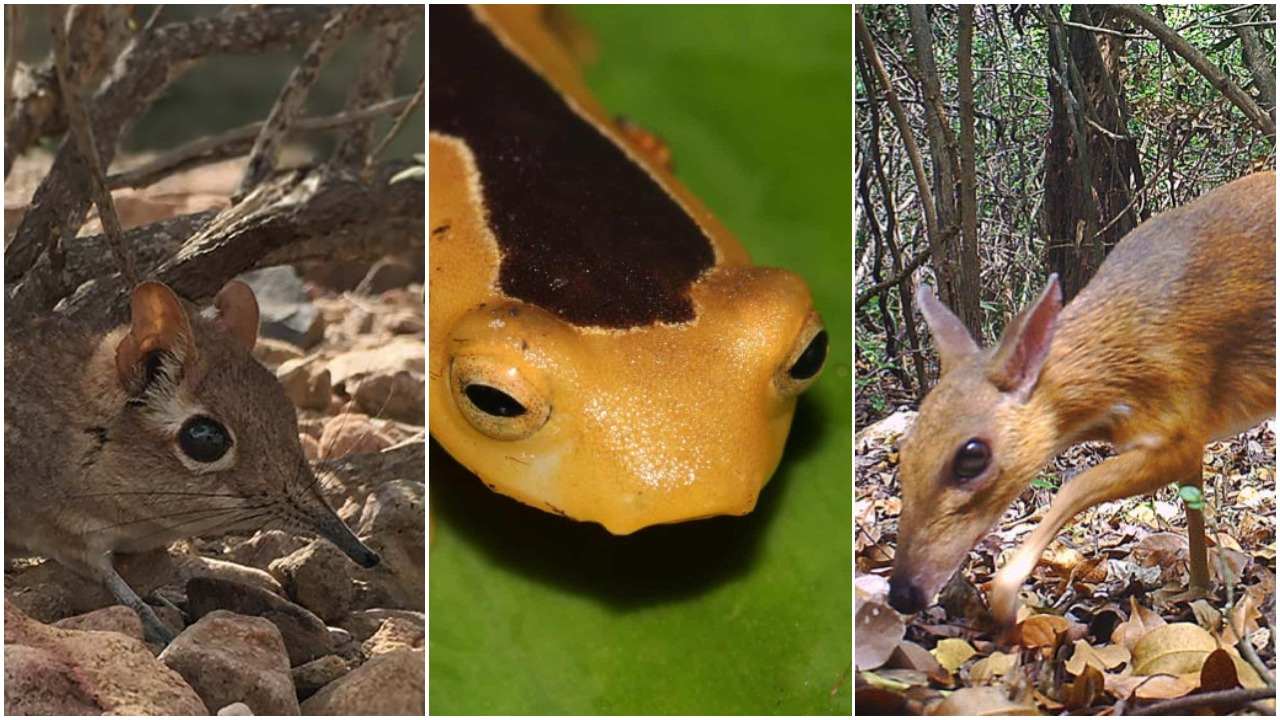Just over two years since Global Wildlife Conservation (GWC) promoted their ’25 Most Wanted’ list of ‘lost species’, a series of rediscoveries has reduced that number down to 20.
On expeditions around the world, in recent months scientists have been going into the deepest jungles, and to the remotest parts of various countries, all in the name of preserving biodiversity.
Take a look at the charismatic flora and fauna that are now known to still be with us, and celebrate these fascinating finds.
From ‘Lost’ to Found
1. Jackson’s Climbing Salamander
Last Seen: 1975. Rediscovered: 2017
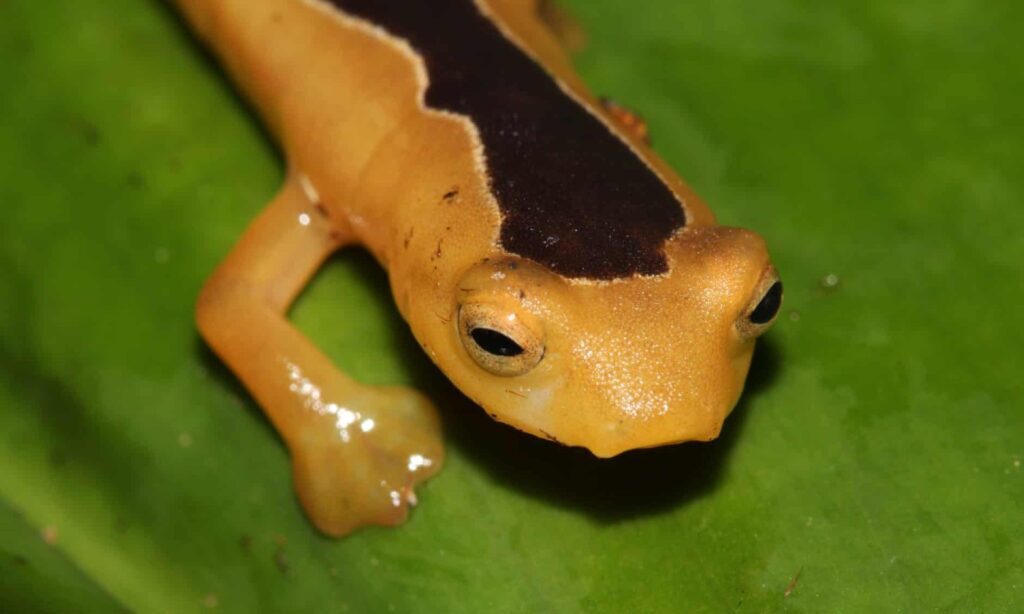
The first species on the 25 Most Wanted list to be rediscovered happened by complete accident, and actually occured months before a GWC-planned expedition to Guatemala’s Cuchumatanes Mountain range to look for the animal.
Discovered by a guard at the GWC-founded Finca San Isidro Amphibian Reserve while on patrol, the story of the “golden wonder” rediscovery will make your heart swell with joy, and includes the culmination of herpetologist Carlos Vásquez Almazán’s life’s work, as well as the rediscovery of two other lost salamander species in the process.
Long and gold like crystallized honey, with a black racing stripe down its back, the salamander’s rediscovery was “for me personally… a moment of sheer joy,” says Vasquez.
RELATED: Large Blue Butterflies Were Extinct in England, But Now Those Beauties Are Back After 50 Years
2. Wallace’s Giant Bee
Last Seen: 1981. Rediscovered: 2019
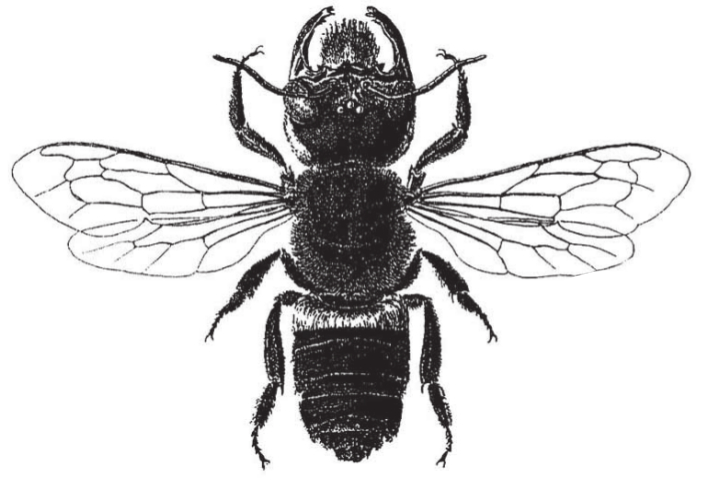
38 years is a long time to go without seeing the world’s largest species of bee, one that possesses a wingspan of 2.5 inches. Four times larger than the European honey bee, this giant insect was rediscovered in 2019 on the Indonesian islands known as the North Moluccas.
You can hear the passion in Clay Bolt, the man responsible for its rediscovery, when he spoke to GWC about what it was like to scratch the second species off the 25 Most Wanted List.
“It was absolutely breathtaking to see this ‘flying bulldog’ of an insect that we weren’t sure existed anymore, to have real proof right there in front of us in the wild,” said Bolt, who spent years researching the right habitat type with trip partner, Eli Wyman.
“To actually see how beautiful and big the species is in life, to hear the sound of its giant wings thrumming as it flew past my head, was just incredible. My dream is to now use this rediscovery to elevate this bee to a symbol of conservation in this part of Indonesia, and a point of pride for the locals there.”
3. Velvet Pitcher Plant
Last Seen: 1918. Rediscovery: 2019.

As mentioned above, this species disappeared from the scientific record just as quickly as it entered. Hailing from the bizarre world of carnivorous plants, the velvet pitcher plant was rediscovered in May 2019 on the slopes of a mountain called Kemul, which GWC describes as sitting in the “most remote, last-remaining large patch of true wilderness in Borneo.”
MORE GREAT DISCOVERIES: World’s Rarest Wading Bird is Making a Comeback as Its Population Rises By 30%
4. Silver-Backed Chevrotain
Last Seen: 1990. Rediscovery: 2019.
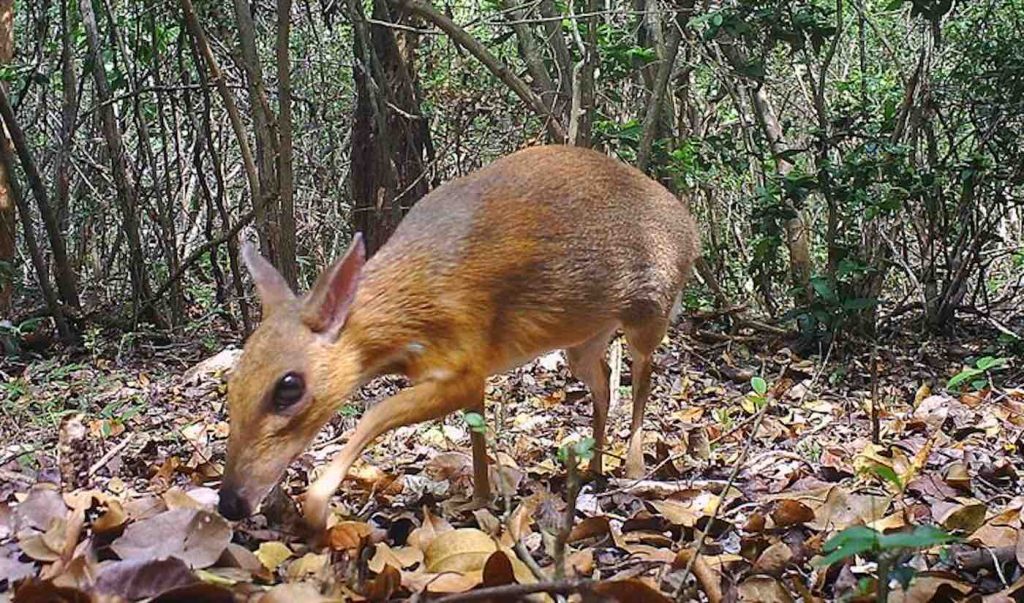
Knocking three species off the 25 Most Wanted list in a year, GWC was delighted when they were able to confirm the existence of the aptly-named “fanged mouse deer”—the first mammal on the list to be rediscovered.
Scientists know almost nothing about the general ecology or conservation status of this species, making it one of the highest mammal conservation priorities in the Greater Annamite Mountains of Indochina, one of GWC’s focal wildlands.
Using local knowledge, the GWC-backed research team placed camera traps around areas where locals claimed to have seen a chevrotain with a silver stripe down its back, distinguishing it from the lesser mouse deer, which is far more common.
This resulted in 275 photos of the species. The team then set up another 29 cameras in the same area, this time recording 1,881 photographs of the chevrotain over five months.
5. Somali Sengi
Last Seen: 1968. Rediscovered: 2020.
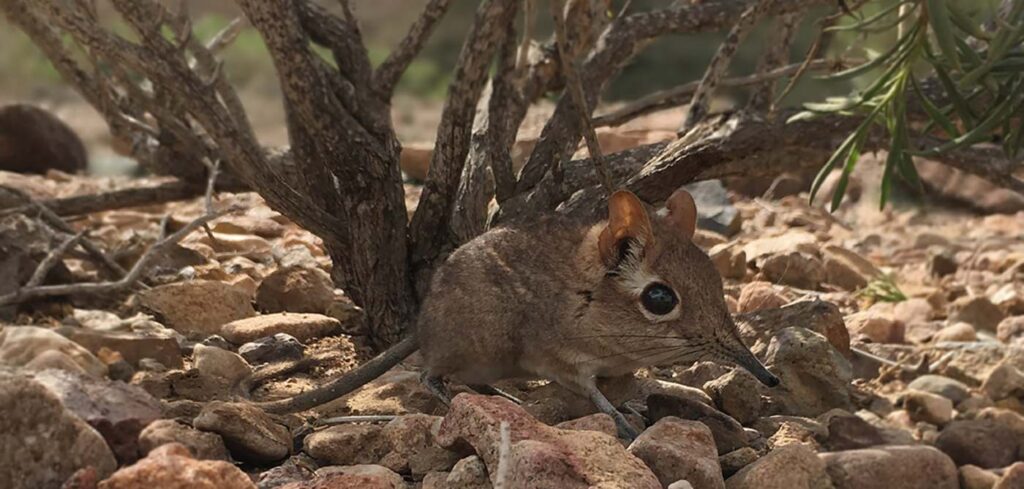
The discovery, as GNN reports, of the “tiny elephant shrew” marks the first African animal on the 25 Most Wanted list to be found, as well as the only one to be found living in relatively stable and healthy populations.
A distant relative of goliaths like the manatee and elephant, this tiny incarnation of trunked-mammals races around as fast as an olympic sprinter, vacuuming up ants with its nose in much the same way as the aardvark.
An expedition beginning in 2019 looked to utilize local knowledge about the sengi from the people of Djibouti, rather than the country of the sengi’s namesake. The locals got it completely right, and it took only one trap filled with coconut, peanut butter, and yeast to find the little guy.
“It was amazing,” Steven Heritage, a research scientist at Duke University in the US, told the Guardian. “When we opened the first trap and saw the little tuft of hair on the tip of its tail, we just looked at one another and couldn’t believe it. A number of small mammal surveys since the 1970s did not find the Somali sengi in Djibouti—it was serendipitous that it happened so quickly for us.”
Looking forward
Using renowned and talented artists to help depict the 25 Most Wanted on the GWC website, the conservation charity tries to portray the animals as works of art, and their potential extinction as akin to losing a priceless painting or sculpture.
GWC is currently awaiting a DNA test result to confirm whether or not the Fernandina Galapagos Giant Tortoise can become the first reptile on the list to be rediscovered. So who knows? Soon that Most Wanted list may go down to just 19.
SHARE News Of These Fab Five Finds With Your Friends On Social Media…




















